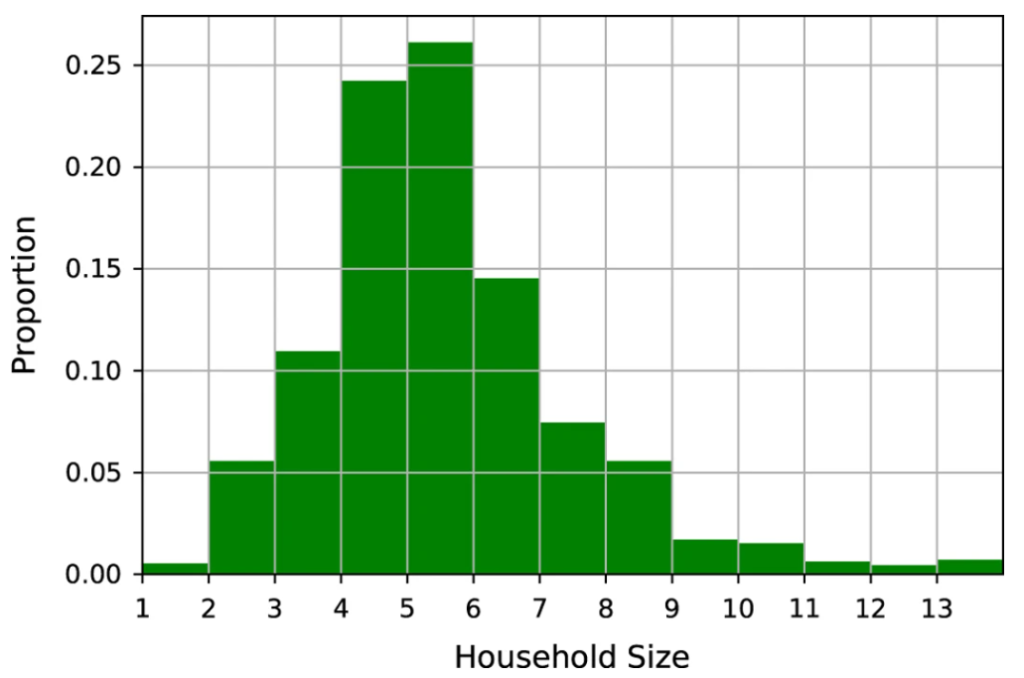Paper
- Survey-based socio-economic data from slums in Bangalore, India
- Sci Data 5, 170200 (2018)
- Roy, D., Palavalli, B., Menon, N. et al
- https://doi.org/10.1038/sdata.2017.200
Between 2000 and 2010, around 60 million more people went to live in slums, bringing the estimated population of slums to 860 million people worldwide. It is fundamental to understand the needs of these communities and to do so we require data with high granularity.
Unfortunately, there is a paucity of highly granular data at the level of individual slums. Previous studies on the matter were mainly based on aggregated and low spatial resolution data, a shortcoming for both sound policy advice and for the theoretical advancement of the field.
In this study published in the journal Nature Scientific Data, we presented a unique and novel study based on a field survey of 36 slums in Bangalore, India which involves collection of highly granular multi-dimensional data at the level of individual slum dwellers. Our results – generating new knowledge about underlying spatial and social processes – are fit to significantly improve well-being in slums.
The data was collected in partnership with the slum dwellers of Bangalore in order to overcome the challenges around validity and efficacy of self-reported data. Our survey covered 36 slums across the city and was based on stratification criteria which included the location of the slums, size of the slum, the ethnicity and the religious profile of the household. Thanks to these data we have developed high-resolution computational models to gain a better understanding of the development and growth of slums in India.

Our work combined three academic disciplines: sociology, geography and computer science into one single research project. It involved socio-demographic and spatial study of slums using methods from geographical information systems and (agent-based) computer simulation. By combining social and spatial constructs, our study provided a more complete synthesis of potential problems in slums, and led to a deeper understanding of the dynamics of such settlements. We also investigated Tilly’s theory of group segregation and saw how it reproduced or reinforced inequality within the slums of Bangalore.
Our results show that targeting horizontal inequality (as compared to vertical inequality) may increase the rate of successful interventions in slums. The research team have found that high rate of home leaving among young adults is the key determinant for the large variation in the life cycle of slum households. Therefore, reducing home leaving among young adults could reduce the formation of new slum households and contribute to a higher but stable household size. This could lead to a better efficiency and higher per capita resource consumption when building capacity for slum development (resettlement colonies) as policy makers would be able to plan for a stable household size.
- Read the details in our paper or contact us if you want to know even more
